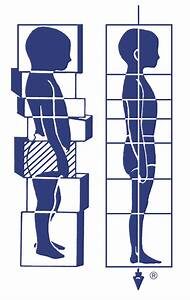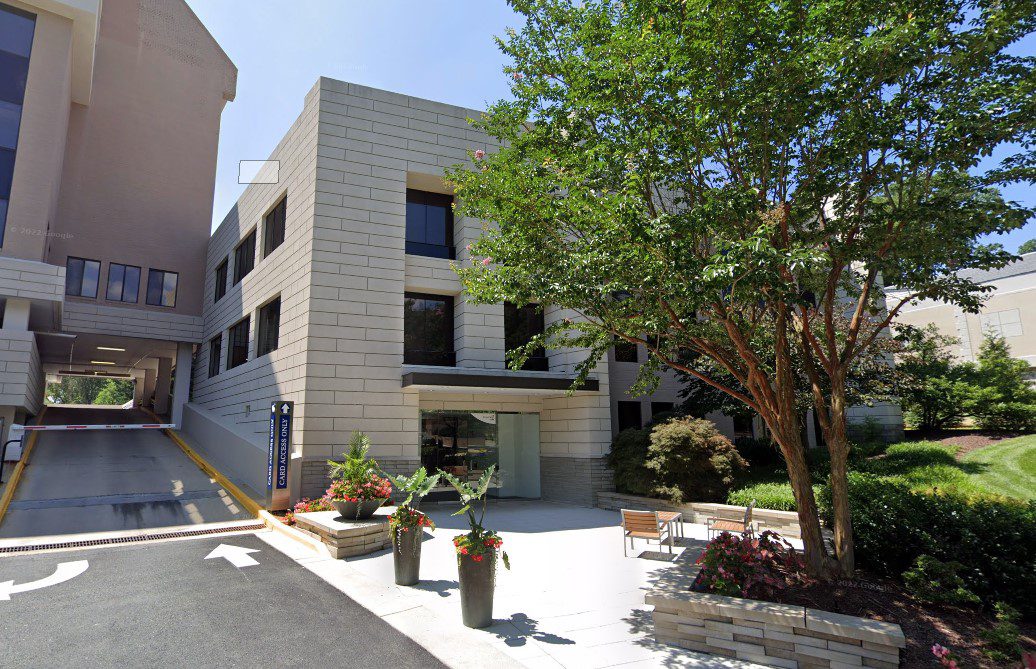Understanding the Science of Rolfing
Rolfing, Structural integration is a holistic system of soft tissue manipulation and movement education developed by Dr. Ida P. Rolf. Rolfing balances the body in all directions, front to back, side to side, bottom to top, outside to inside, integrating all layers and types of connective tissue.
Who Can Benefit From Rolfing Therapy?
Rolfing Therapy is a versatile bodywork practice that can benefit a wide range of individuals:
Elderly, Adults, Adolescents, and Children: Rolfing can support people of all ages in achieving better posture, increased flexibility, and overall improved body function. It helps address age-related issues in the elderly, supports developmental needs in children, and enhances physical performance and recovery in adults and adolescents.
Athletes: Athletes looking to refine their movements and enhance their sport-specific performance can gain significant advantages from Rolfing. By improving alignment and coordination, Rolfing helps athletes achieve more precise and efficient movements, reducing the risk of injury and boosting overall athletic performance.
Office Workers: Individuals who spend long hours sitting at desks often experience poor posture, back pain, and stiffness. Rolfing can alleviate these issues by realigning the body, improving posture, and reducing discomfort associated with prolonged sitting.
People with a History of Injury or Trauma: Those who have experienced physical injuries or trauma can benefit from Rolfing’s ability to release tension and scar tissue, restore mobility, and reduce chronic pain. Rolfing helps in the rehabilitation process, promoting faster and more complete recovery.
Individuals Seeking Better Posture and Movement: Anyone who wishes to stand taller, straighter, and move with greater fluidity and efficiency can benefit from Rolfing. By addressing structural imbalances, Rolfing promotes a more aligned and balanced body, leading to improved posture and more graceful movement.
Spiritual Seekers: People on a spiritual path who aim to attain higher levels of spiritual development can find Rolfing beneficial. By enhancing physical alignment and releasing tension, Rolfing can support deeper meditation practices and contribute to overall spiritual well-being.
Rolfing Therapy offers a holistic approach to improving physical and mental well-being, making it suitable for a diverse range of individuals with various needs and goals.
The Fascial Continuum
By Thom Shenk
 Ida Rolf was in many ways sixty to ninety years ahead of her time. She understood thoroughly the function of fascia long before the medical establishment had any clue about its significance. Only recently has fascia been seen by the medical establishment as an important enough tissue to be studied.
Ida Rolf was in many ways sixty to ninety years ahead of her time. She understood thoroughly the function of fascia long before the medical establishment had any clue about its significance. Only recently has fascia been seen by the medical establishment as an important enough tissue to be studied.
Within Structural Integration (Rolfing), fascia, has been fundamentally recognized as the ground layer of the body and the organ of shape. Nerves, blood, lymph vessels, bones, muscles, and organs, virtually everything in the body is surrounded and held in place by the fascia. Where muscles move us and bones create support, fascia gives and defines our shape. When the fascial shape is changed then the body’s container is changed and the body has an ability to move and support itself in a new way.
Within the last few years, the recognition that fascia is not only surrounding and supporting the aforementioned tissues, fascia has also been found to be inside the organs, inside the nerves, as well as the walls of the Blood, and lymph vessels. This new understanding has created a shift to a realization of how fascial tissues work, that fascia’s effects and involvement within the body are more comprehensive than previously realized. With this knowledge we are able to effect more specifically atypical or pathologic tissue issues of the body.
Fascia is made up of collagen fibers, and contained within the collagen fibers are muscle tissues, called Myofibroblasts. Myofibroblasts sit within what have previously been thought of as unrelated tissues. An example is the liver, and the surrounding lesser omentum, which is the fascial structure around the liver. Both previously thought of as unrelated tissues, are realized to interact through a feedback loop using the central nervous system (spinal cord) as a hub. What this means is that the myofibroblasts in the mesentery send messages to the Myofibroblasts in the liver when there is a stretch and vice versa to keep the tissues working in tandem and stabilized.
In addition, the other local Myofibroblasts including but not limited to, blood and lymph vessel walls, the fascia around striated muscle and all types of ligaments and tendons are also brought into the conversation. This creates whole body neuro-structural convergence which then effects functional capability across the bodies fascial continuum. myofibroblast The Myofibroblasts So, the with adjacent tissues, this creates what is called and changes through the localized neuro-fascial feedback loop. in a related structurally, and functionally, thus, creating structural convergence.
The significance of this is that a regional feedback loop between myofibroblasts in the nerves, the spine, the muscles, and all tissues in a given area are interwoven and affecting each other. Regional issues then affect the body in a global way. Thus, globally interconnected myofibroblasts hold whole body’s structural positionality. Thus, contraction in the nerves creates neural sequencing, myofibril tone, then local and global structural alignment.

 Much like a sculptor working with clay, a Rolfer works with the body’s LIVING, malleable myofascial system by lengthening and re-shaping the fascia, releasing restrictions that create lifelong patterns of tension. Over a series of ten or more sessions, both client and Rolfer work to integrate the body within the force of gravity. “Lifting” the head, shoulder, thorax, pelvis and legs into vertical alignment.
Much like a sculptor working with clay, a Rolfer works with the body’s LIVING, malleable myofascial system by lengthening and re-shaping the fascia, releasing restrictions that create lifelong patterns of tension. Over a series of ten or more sessions, both client and Rolfer work to integrate the body within the force of gravity. “Lifting” the head, shoulder, thorax, pelvis and legs into vertical alignment.

